
GeometryQuestion and Answers: Page 53
Question Number 166779 Answers: 1 Comments: 0
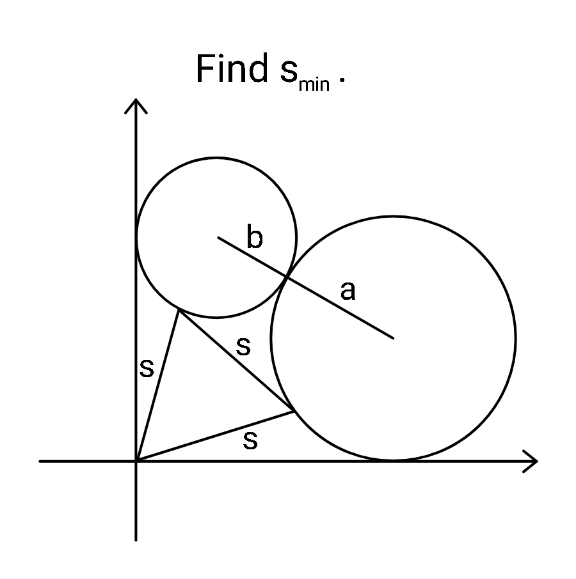
Question Number 166749 Answers: 1 Comments: 1

Question Number 166715 Answers: 1 Comments: 0
Question Number 166701 Answers: 2 Comments: 0
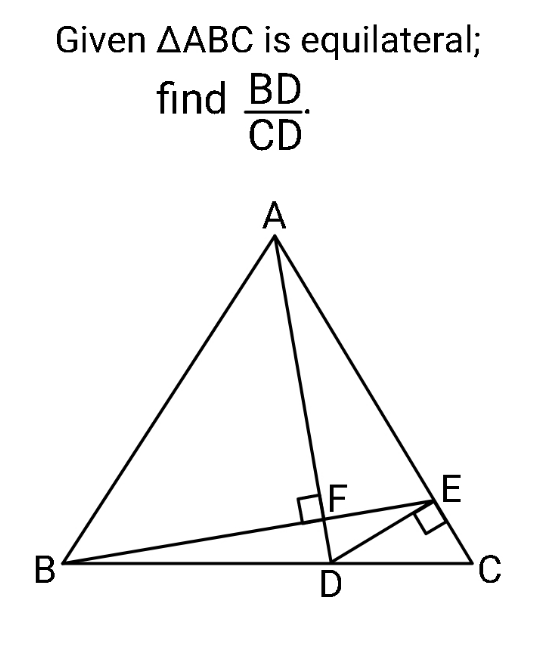
Question Number 166676 Answers: 1 Comments: 0
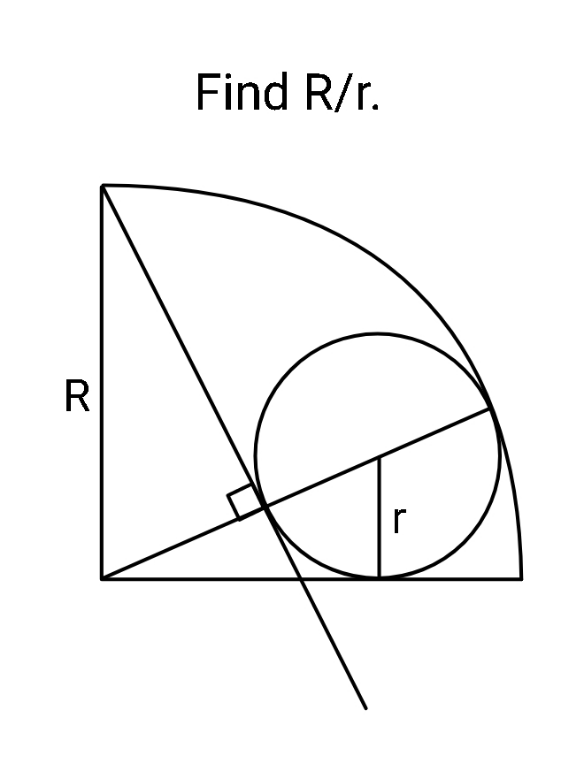
Question Number 166670 Answers: 0 Comments: 3

Question Number 166640 Answers: 1 Comments: 0

Question Number 166628 Answers: 0 Comments: 0

Question Number 166617 Answers: 2 Comments: 1

Question Number 166531 Answers: 0 Comments: 2
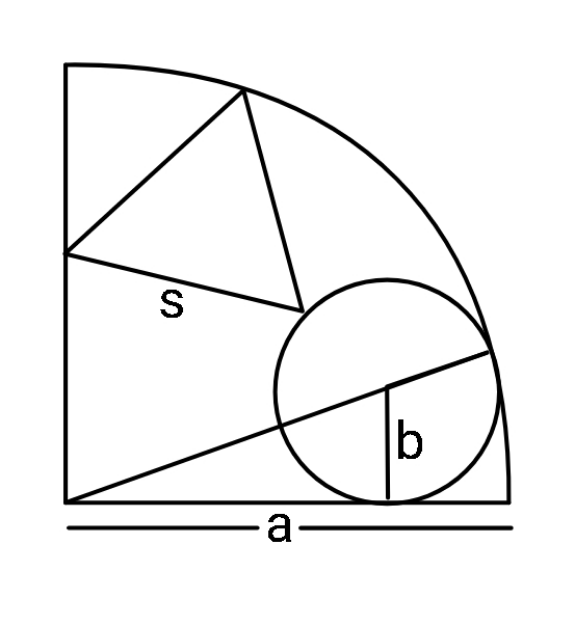
Question Number 166520 Answers: 2 Comments: 2

Question Number 166465 Answers: 1 Comments: 1

Question Number 166442 Answers: 2 Comments: 0
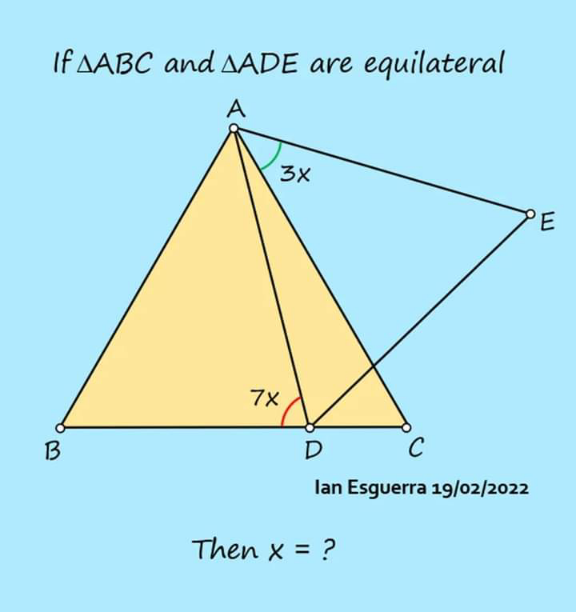
Question Number 166440 Answers: 0 Comments: 1
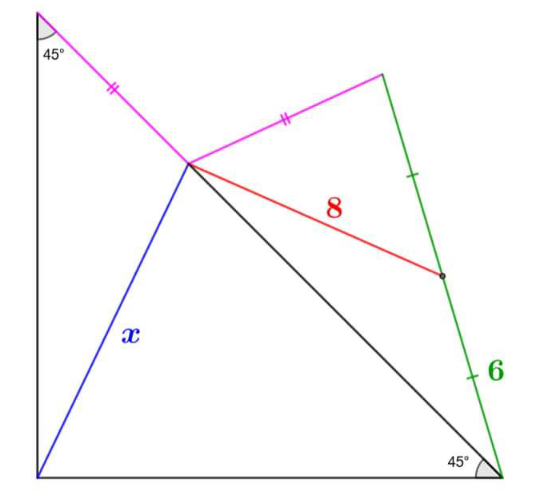
Question Number 166417 Answers: 1 Comments: 0
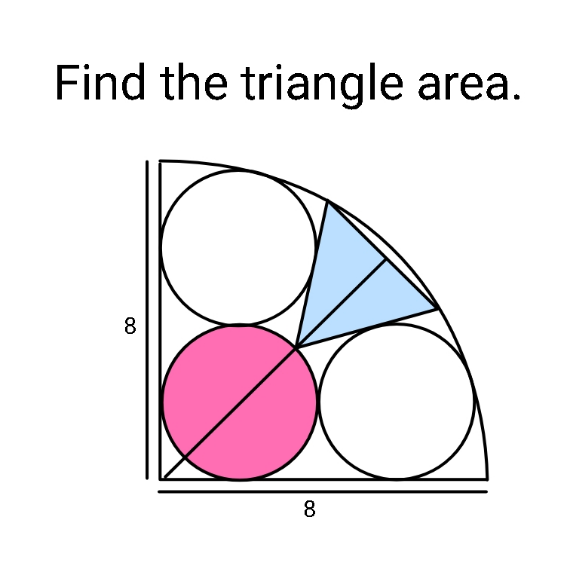
Question Number 166371 Answers: 0 Comments: 2
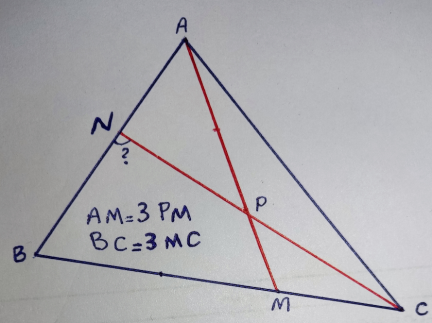
Question Number 166281 Answers: 1 Comments: 0

Question Number 166252 Answers: 1 Comments: 1
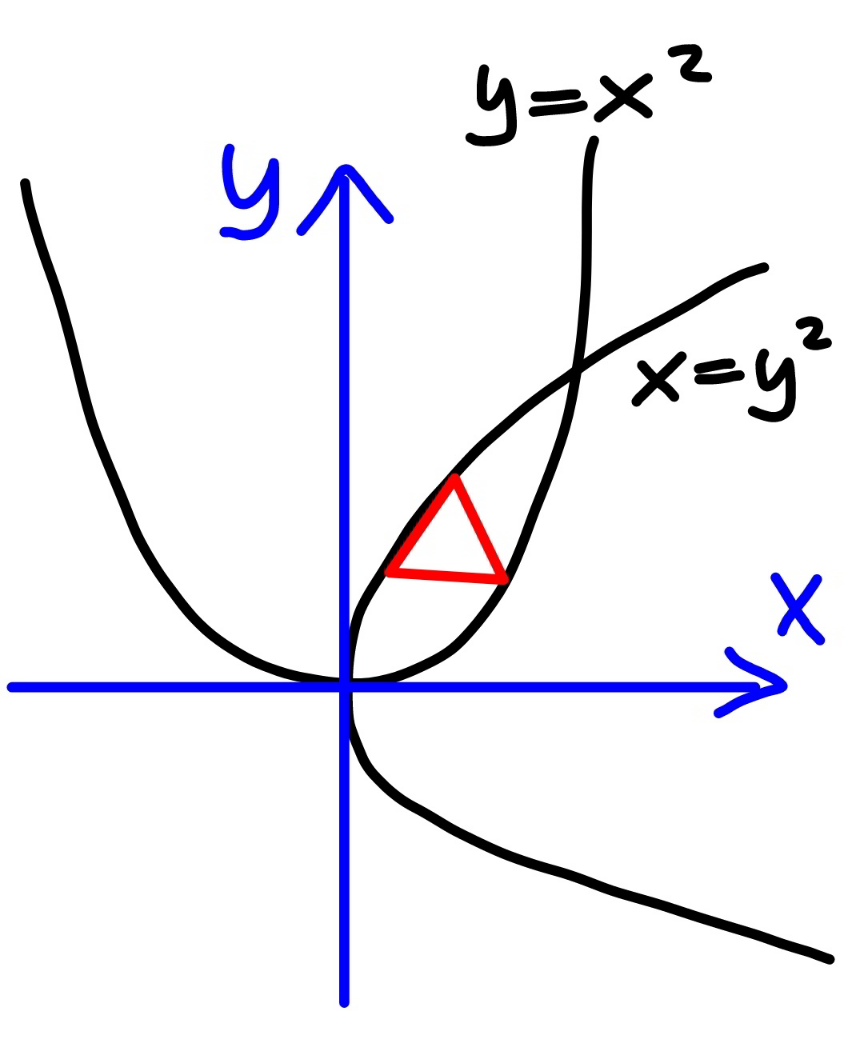
Question Number 166137 Answers: 2 Comments: 0
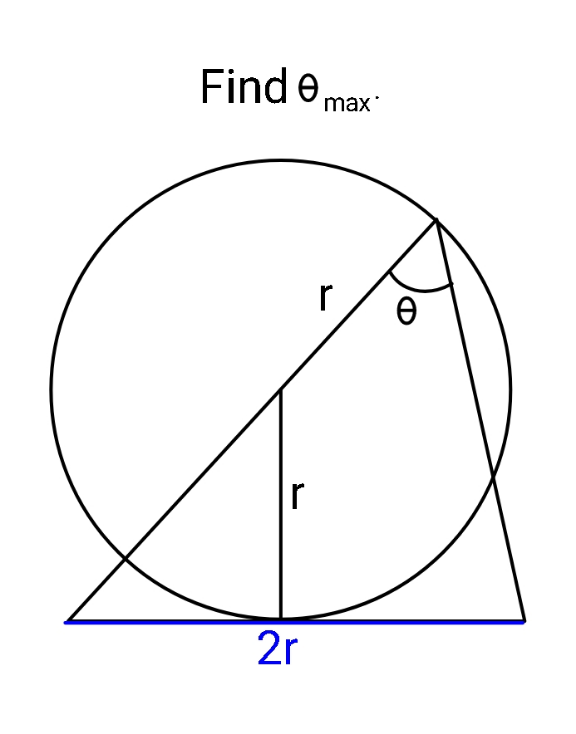
Question Number 166036 Answers: 2 Comments: 2

Question Number 166007 Answers: 1 Comments: 1

Question Number 165900 Answers: 1 Comments: 5

Question Number 165879 Answers: 2 Comments: 0

Question Number 165854 Answers: 0 Comments: 12

Question Number 165722 Answers: 1 Comments: 1

Question Number 165600 Answers: 0 Comments: 19

